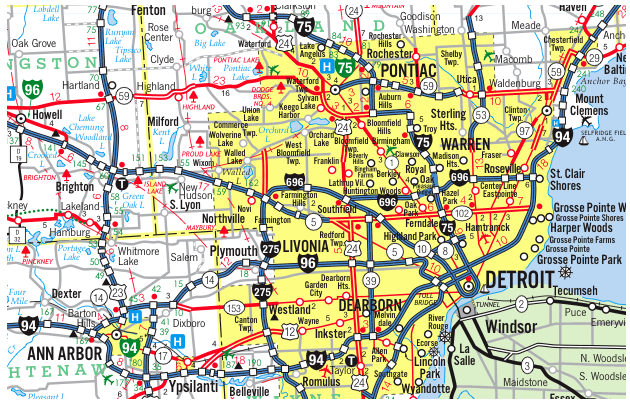What is a Pavilion and Why Should You Build One?
A pavilion is a freestanding, open-sided structure that is typically used for outdoor relaxation, entertainment, or social gatherings. Often built in gardens, parks, or backyards, pavilions provide a shaded retreat while enhancing the overall aesthetic of an outdoor space. These elegant yet functional structures can be constructed using various materials such as wood, metal, or vinyl and can be designed to match different architectural styles, from traditional to modern.


 Our Construction company is Servicing Southeast Michigan, Detroit and the Tri-County area Wyane, Oakland and Macomb;
Our Construction company is Servicing Southeast Michigan, Detroit and the Tri-County area Wyane, Oakland and Macomb;